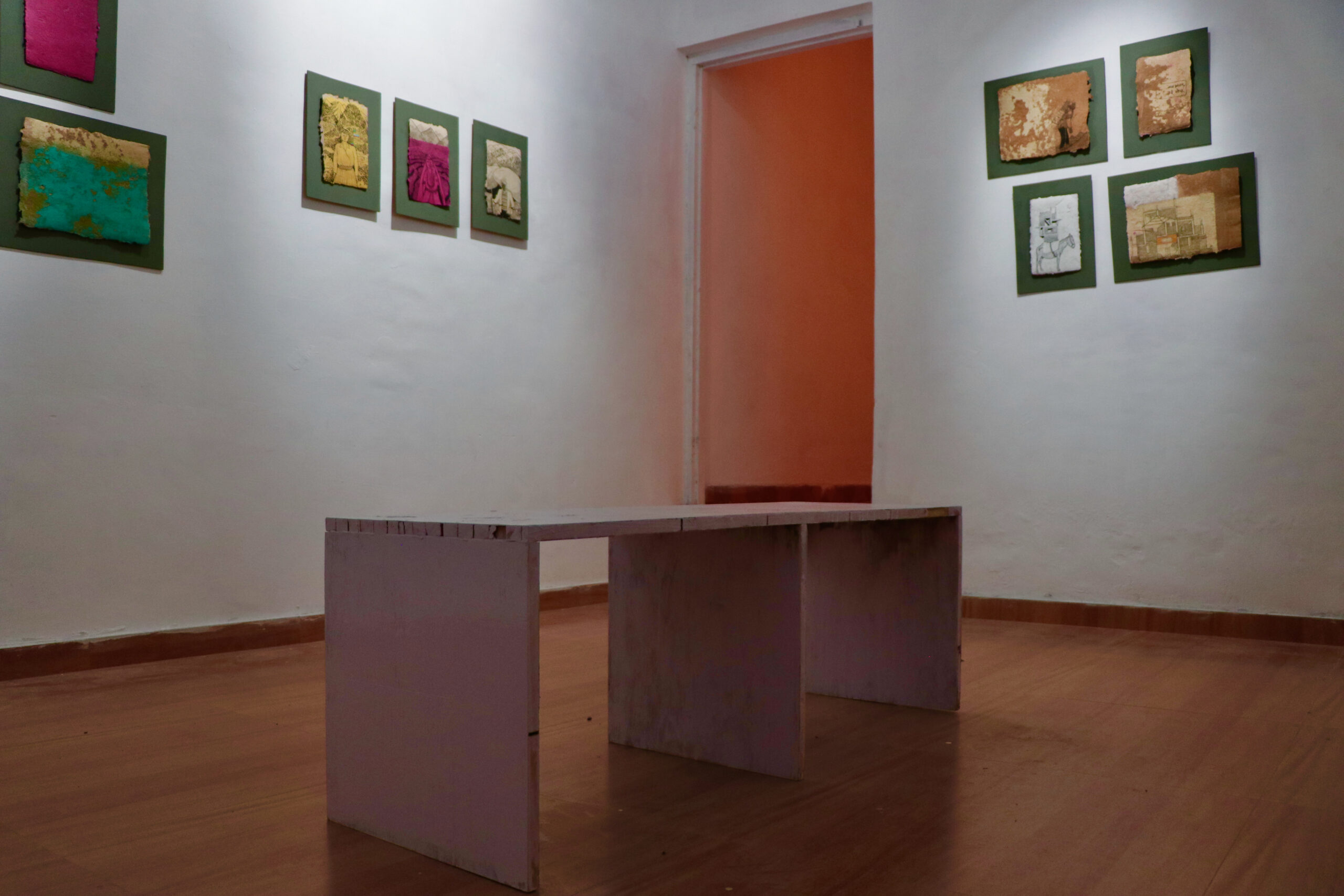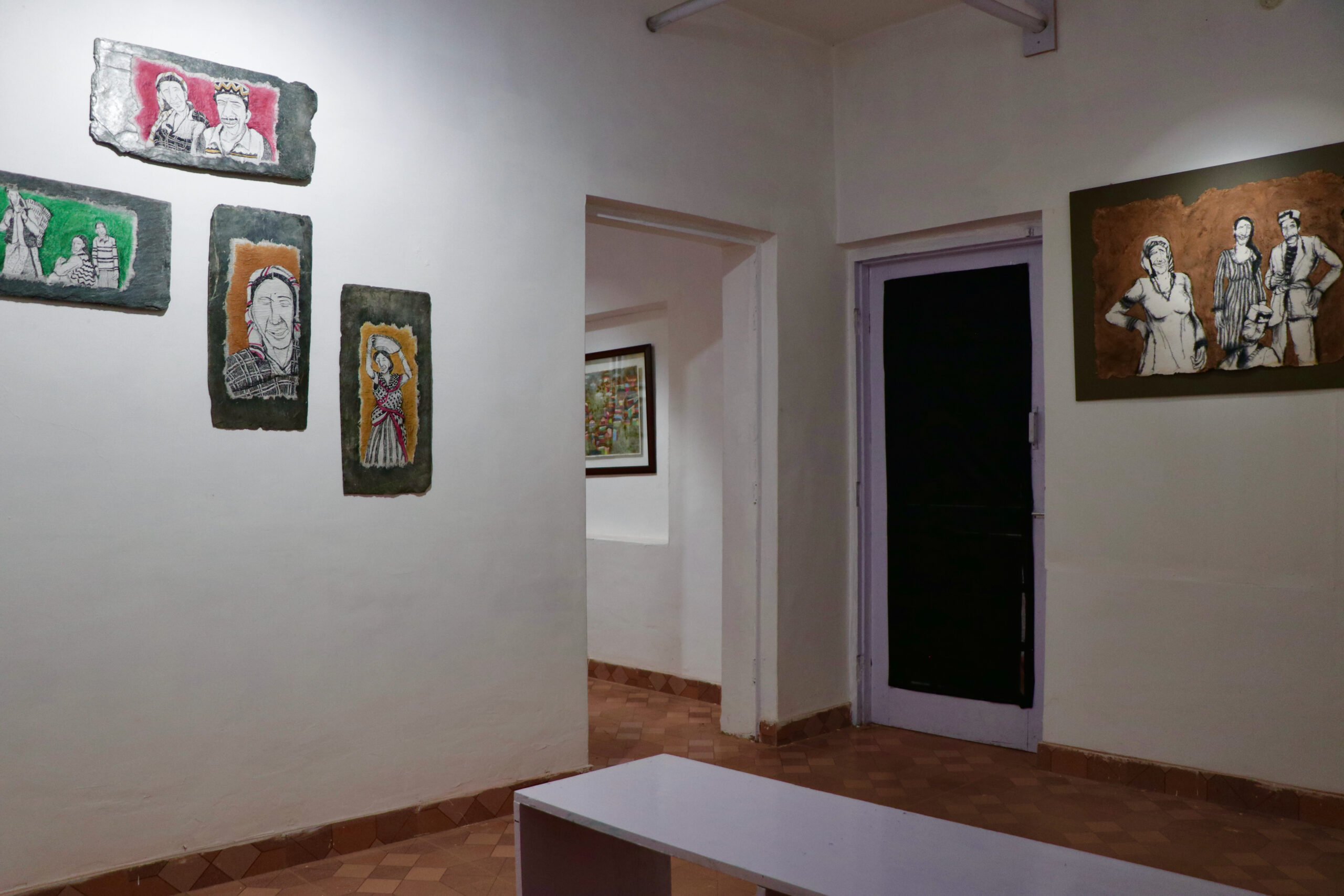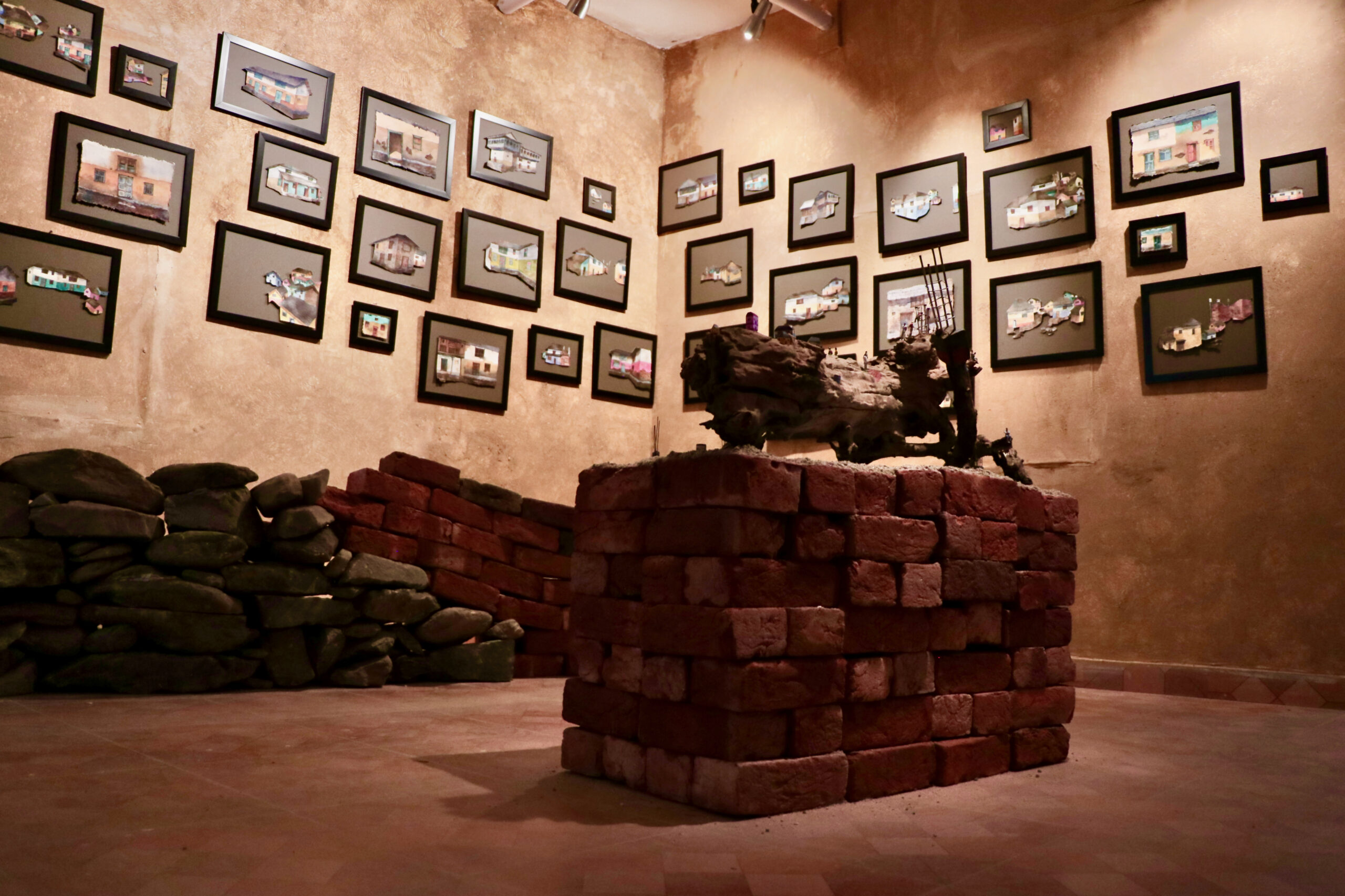Eitthu : Here
When we say that we are ‘here’ or we live ‘here,’ what does ‘here’ mean to us? When a human separates themselves from others, there’s a fundamental aspect to that separation, which includes space, language, food, lifestyle, art, crafts, clothing, customs, and many other aspects. This is why diversity exists on this earth.
But what if someone attacks this diversity in a calculated way, and comes up with a process to slowly erode it? What if it changes into a strange uniformity which has neither a head nor tail? In the context of this copy-paste similarity, we call it development in Western languages. But its implementation is entirely different. It’s not development, it’s actually destruction. This process has been going on for centuries and maybe it will continue for many more. If it were truly development, it would be a good thing. But if the result of this style is total annihilation, then somewhere, we must be aware of it. If this modernity snatches away all resources, destroys the traditional ways of living, forces people to speak another language, and compels them to work for someone else, and forces them to adopt ways of living from elsewhere, is this really necessary or not? And how can art adress that?
It is exactly at this point that the ‘here’ becomes significant.
Eitthu in the Kangri Language means Here. The region of Kangra in Himachal Pradesh, India, is distinctly different from any other place in the world. The significance of ‘here’ in Kangra cannot be found anywhere else. And the same thing can be said for every region. Every region in the world has its own ‘here,’ which is not a symbol of division but of diversity. But in today’s context, what really is the livig culture of the Kangri people? What has been lost in the process of modernization? What are the meanings and implications of ‘here’ in this place? What is at the root of all all of this? These and similar questions were asked to the artists who live apart from here, who were invited here and experienced everything here. Whatever they understood, and explored ‘here’ in their own ways, has resulted in the making of these works.
Created by Lallan. Participating artists : Pratik Raut, Rohan Anvekar, Kumar Misal, Roshan Anvekar.









